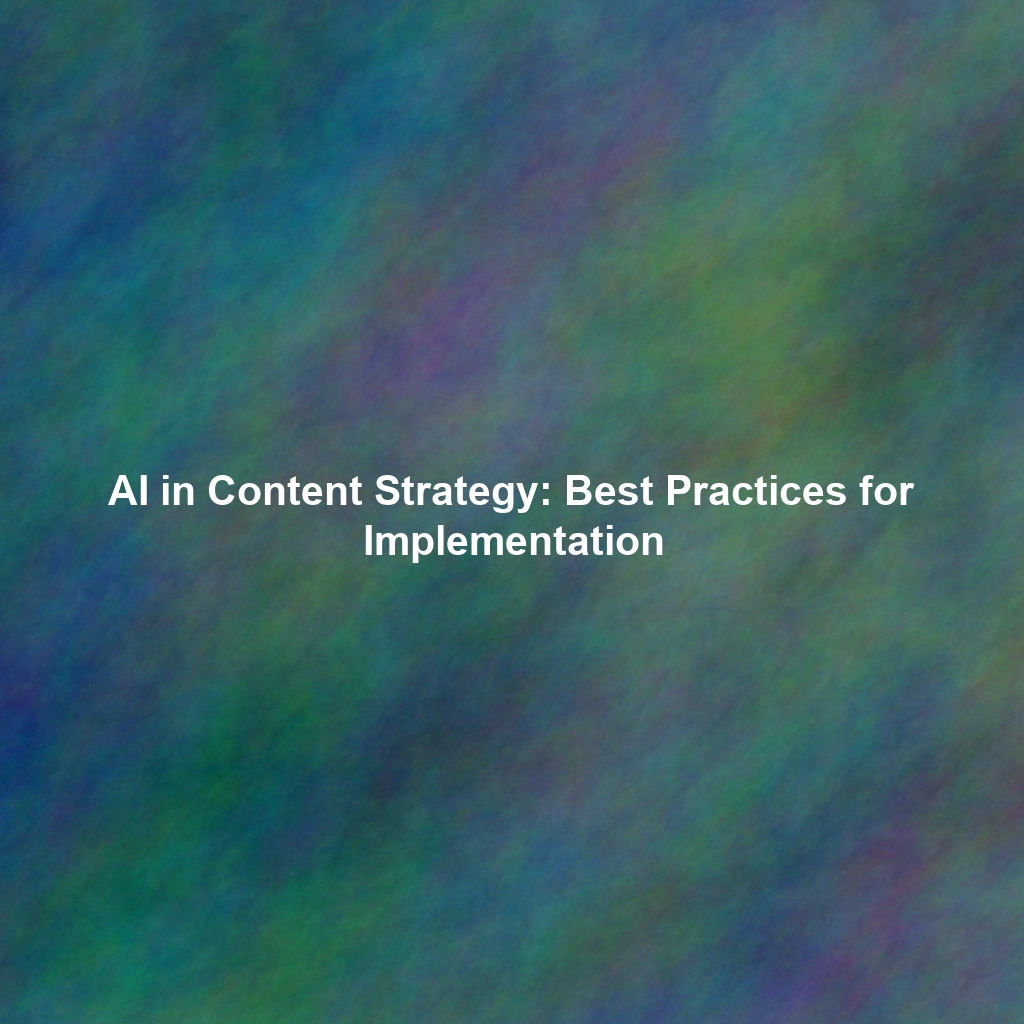Understanding Kantar Marketplace
Kantar Marketplace is a self-service platform designed to provide on-demand access to a diverse suite of research solutions. Its core objective is to democratize market research, making it a faster, more cost-effective, and readily accessible resource for a wider range of users within organizations. In contrast to conventional research projects, which can often extend over weeks or months, Kantar Marketplace enables users to initiate studies and receive actionable results in a significantly compressed timeframe – often measured in days, and in some cases, even hours. This accelerated turnaround is essential for enabling agile marketing practices and facilitating rapid, data-informed decision-making.
Core Features and Key Advantages
- Rapid Research: The platform facilitates the swift and efficient deployment of various research methodologies, including targeted surveys, insightful concept tests, and other qualitative and quantitative approaches. This speed of execution is a significant advantage in fast-paced markets.
- A/B Testing Capabilities: Kantar Marketplace enables users to conduct rigorous A/B tests on different creative assets, such as ad variations, packaging designs, and website layouts. This allows for data-driven optimization of marketing materials to maximize their impact. Resources on A/B testing from platforms like Optimizely offer further context.
- Consumer Behavior Insights: A key benefit is the platform’s ability to deliver deeper insights into consumer preferences, attitudes towards brands and products, and underlying behavioral drivers of purchasing decisions. These insights are crucial for informing effective marketing strategies.
- Self-Service Research: Marketers can design and execute their own research projects, leveraging Kantar’s established expertise and methodologies directly through the platform. This empowers teams to take ownership of their research needs.
- Cost Efficiency: Compared to engaging traditional market research agencies, Kantar Marketplace offers a more economical solution with its flexible pricing models, making robust research accessible to a broader range of businesses.
- Intuitive Data Visualization: Research findings are presented through user-friendly dashboards and reports, making it easier to understand complex data and share key insights across teams. Effective data visualization is key to communicating research results (Tableau on Data Visualization).
- Global Consumer Reach: The platform provides access to diverse consumer panels across numerous international markets and various demographic segments, facilitating research on a global scale. Data on global markets can be found at organizations like the International Monetary Fund.
Kantar Marketplace: Fueling Agile Marketing Practices
Agile marketing emphasizes iterative progress and rapid adaptation to market shifts. Kantar Marketplace directly supports this approach by enabling:
Accelerated Iteration Cycles
The rapid turnaround times for research projects offered by Kantar Marketplace allow marketers to engage in more frequent cycles of testing and refinement. For instance, receiving results from testing two different ad creatives within 48 hours provides a fast feedback loop that enables continuous optimization and improved campaign performance. This aligns with the core principles of agile methodologies (The Scrum Guide).
Data-Informed Decision Making
Instead of relying on assumptions or gut feelings, marketers can utilize Kantar Marketplace to gather real-time data on consumer preferences. This data-driven approach leads to more informed strategic decisions, reducing the risk associated with launching unsuccessful campaigns or products based on unsubstantiated beliefs. The importance of evidence-based decision-making is well-documented in business literature (MIT Sloan on Evidence-Based Decision Making).
Enhanced Creative Asset Optimization
A/B testing, a powerful tool for optimizing marketing materials, is made readily accessible through Kantar Marketplace. The platform simplifies the process of testing variations of advertisements, website landing pages, and even product packaging to identify which versions resonate most effectively with the target audience. This data-backed optimization leads to significant improvements in creative effectiveness and audience engagement.
Illustrative Applications of Kantar Marketplace
The versatility of Kantar Marketplace is demonstrated through various real-world applications:
Case Study 1: New Product Introduction
A beverage manufacturer sought to introduce a novel flavor for their energy drink. To mitigate the risks associated with new product launches, they employed Kantar Marketplace to conduct rapid concept testing among their target demographic. By quickly gathering feedback on different flavor profiles, they identified the most appealing options, directly informing their product development and increasing the likelihood of successful market entry.
Case Study 2: Advertising Campaign Enhancement
A national retail chain aimed to optimize its advertising campaign. Utilizing Kantar Marketplace for A/B testing different ad creatives, they discovered that advertisements featuring user-generated content significantly outperformed professionally produced ads in terms of engagement. This key insight led to a strategic shift in their campaign, prioritizing user-generated content and resulting in improved ad engagement metrics.
Case Study 3: Monitoring Brand Perception
A financial services firm needed to gauge consumer sentiment towards its brand following a significant news event. By deploying a rapid survey through Kantar Marketplace, they were able to quickly assess public perception and identify any negative trends. This timely information allowed them to implement targeted communication strategies to address concerns and mitigate potential reputational damage.
Strategies for Maximizing Kantar Marketplace Value
To fully leverage the capabilities of Kantar Marketplace, consider these strategic recommendations:
- Clearly Define Research Objectives: Before initiating any study, establish precise learning goals. What specific questions need answers? What decisions will be guided by the research outcomes? Clear objectives ensure focused and actionable research.
- Target Audience Precision: Ensure accurate targeting of research participants to match your intended market. Utilize Kantar Marketplace’s targeting options to select representative respondents, leading to more relevant and reliable insights. Understanding market segmentation (Investopedia on Market Segmentation) is crucial here.
- Effective Survey and Test Design: The quality of your research hinges on well-designed instruments. Employ clear, concise language, avoid leading questions, and ensure comprehensive and mutually exclusive response options. Kantar Marketplace offers resources to aid in effective design. Principles of survey design from organizations like the Pew Research Center are valuable.
- Diligent Data Analysis and Interpretation: After data collection, dedicate time to thorough analysis and interpretation. Identify key patterns, trends, and implications for your marketing strategy. Kantar Marketplace provides visualization tools to aid in this process.
- Seamless Insight Integration: Ensure that research findings are actively incorporated into your marketing workflows and inform decision-making across teams. Share results and encourage their application to improve ongoing efforts.
The Evolving Landscape of Agile Research with Kantar Marketplace
Kantar Marketplace is a dynamic platform, continuously adapting to the evolving needs of marketers. Future developments are likely to include:
- Artificial Intelligence Integration: AI-powered tools for advanced data analysis and automated insight generation, enhancing efficiency and uncovering deeper patterns.
- Enhanced Mobile Research Capabilities: Improved features for conducting research optimized for mobile devices, reflecting the increasing mobile-first behavior of consumers.
- Real-Time Data Access: Potential for access to more immediate consumer data and insights, enabling even faster responses to market dynamics.
- Marketing Technology Ecosystem Integration: Deeper and more seamless integration with other marketing platforms, such as CRM and marketing automation systems, creating a more unified data environment.
Conclusion
Kantar Marketplace is more than a research tool; it is a strategic enabler for marketers seeking to embrace agility and make data-driven decisions with speed and confidence. By providing rapid access to consumer insights and efficient A/B testing capabilities, the platform empowers marketers to optimize campaigns, enhance creative effectiveness, and achieve superior results in a dynamic market. As the marketing landscape continues to evolve, Kantar Marketplace will remain a critical asset for staying ahead of the curve and connecting with consumers in meaningful and impactful ways. Leveraging its power allows marketers to move beyond mere data collection and unlock the true potential of agile marketing research.
 Skip to content
Skip to content

